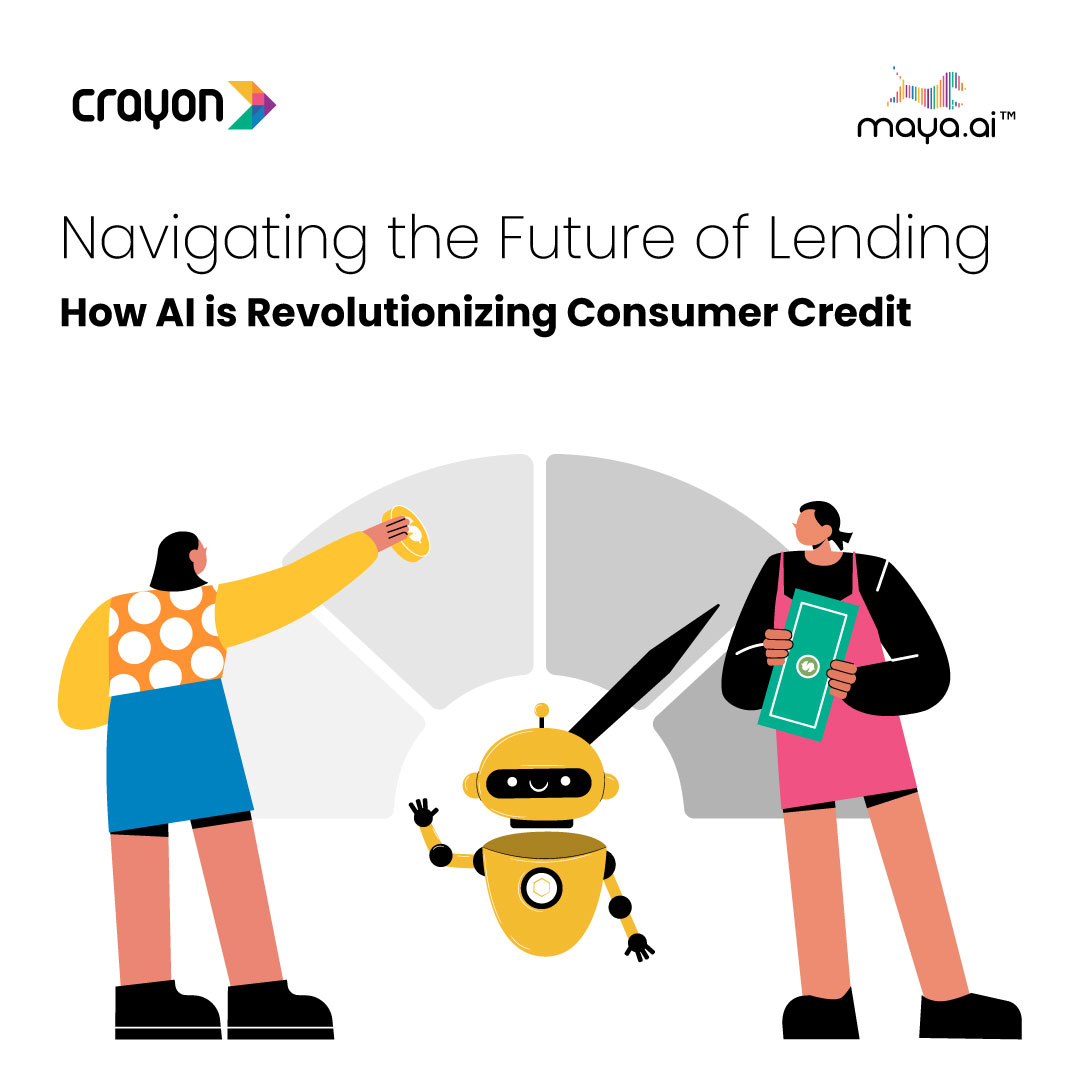
Navigating the Future of Lending: How AI is Revolutionizing Consumer Credit
May 23, 2024
Tribute to Mr. Ratan Tata: A Life of Purpose, Vision, and Humanity
October 11, 2024#The Crayon Blog
The Superlative of Efficiency is Here!
Published September 9, 2024 | Sunantha Sanjeeva Rao

Efficiency in 1990: does a lot of manual work + knows basic computations on a computer
Efficiency in 2000: Fluent in computer operation + good communicator
Fastforward to 2024: Expert in respective field + decreases their load through automation and AI
Agree? Then you’re going to love our updates! We’ve revamped on several fronts including AI Marketplace, offer management, AI travel assistant, data studio, CxO Concierge, and AI studio. Without further ado, we’ll get to explaining our revolutionary updates.
AI Marketplace now has smart push notifications that can be configured to drive engagement for customers who've viewed but not claimed offers. Because, you should never miss an opportunity to convert!
In Offer Management, we've supercharged efficiency. You can now publish a merchant 12X faster – from 25 minutes down to just 2
Our AI Travel Assistant gets a boost with natural language hotel search and LLM-generated tags. You said, ‘less coding’ and we heard it! Now you can deploy AI-led travel experiences in a snap with our new docker package and just 10 lines of code!
Data Studio now features auto-generated SQL queries using LLMs and graph traversal algorithms. We've slashed data transformation time from weeks to a single day, with 80% accuracy!
And AI Studio expands with 5 powerful new models, including Customer Lifetime Value and Cross-border Recommendations. Capture complex customer behaviors with deep learning algorithms and push predictions to multiple channels.
Finally, our CxO Concierge lets you view sales targets, set alerts, manage customer contacts, and track outreach status – all in one place.
These updates are designed to streamline operations, boost efficiency, and drive revenue. Experience the power of AI-driven insights today!
Efficiency in 2000: Fluent in computer operation + good communicator
Fastforward to 2024: Expert in respective field + decreases their load through automation and AI
Agree? Then you’re going to love our updates! We’ve revamped on several fronts including AI Marketplace, offer management, AI travel assistant, data studio, CxO Concierge, and AI studio. Without further ado, we’ll get to explaining our revolutionary updates.
AI Marketplace now has smart push notifications that can be configured to drive engagement for customers who've viewed but not claimed offers. Because, you should never miss an opportunity to convert!
In Offer Management, we've supercharged efficiency. You can now publish a merchant 12X faster – from 25 minutes down to just 2
Our AI Travel Assistant gets a boost with natural language hotel search and LLM-generated tags. You said, ‘less coding’ and we heard it! Now you can deploy AI-led travel experiences in a snap with our new docker package and just 10 lines of code!
Data Studio now features auto-generated SQL queries using LLMs and graph traversal algorithms. We've slashed data transformation time from weeks to a single day, with 80% accuracy!
And AI Studio expands with 5 powerful new models, including Customer Lifetime Value and Cross-border Recommendations. Capture complex customer behaviors with deep learning algorithms and push predictions to multiple channels.
Finally, our CxO Concierge lets you view sales targets, set alerts, manage customer contacts, and track outreach status – all in one place.
These updates are designed to streamline operations, boost efficiency, and drive revenue. Experience the power of AI-driven insights today!
Recent Blogs
Subscribe to the Crayon Blog. Get the latest posts in your inbox!


